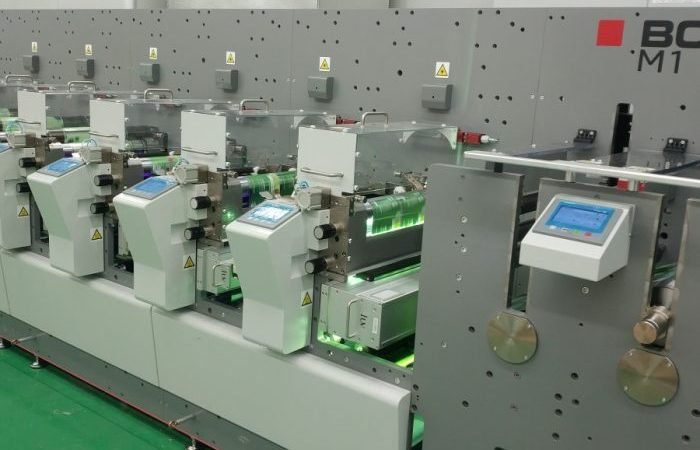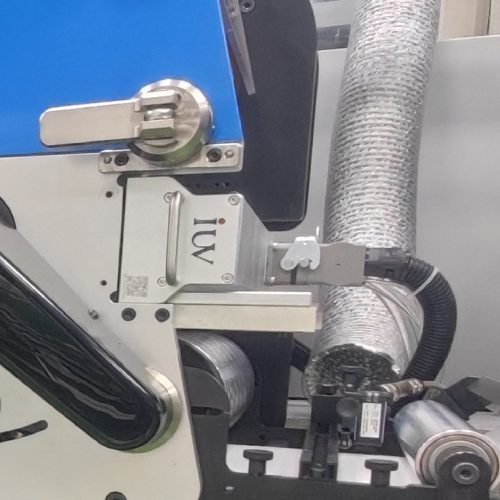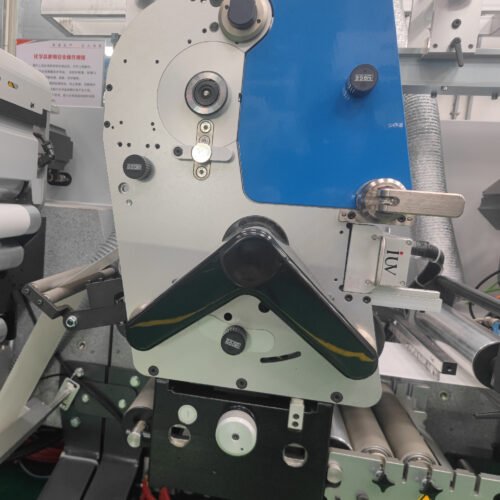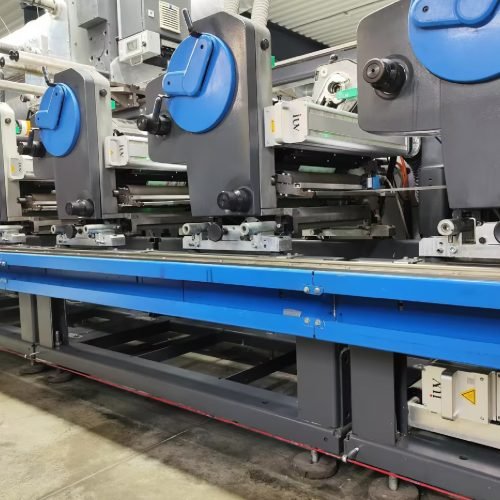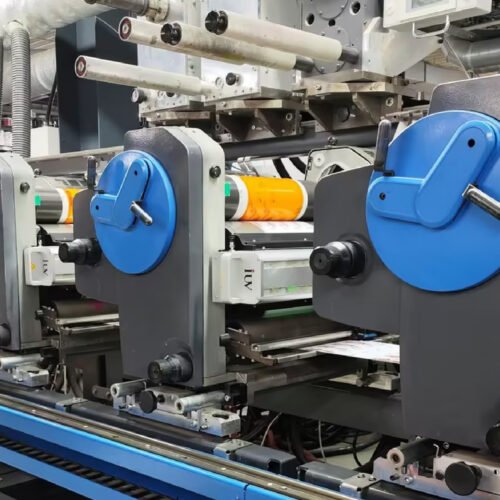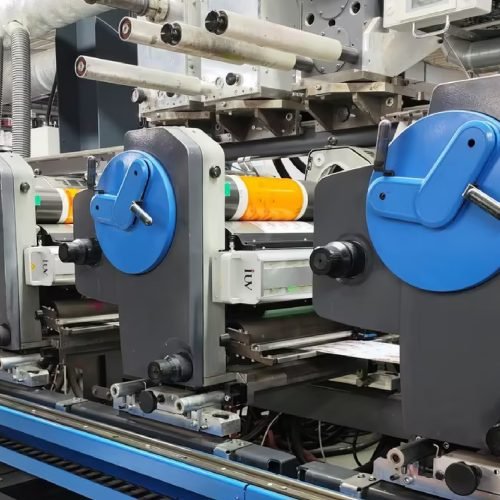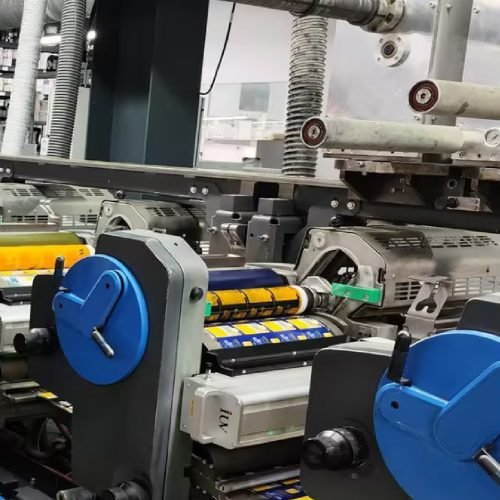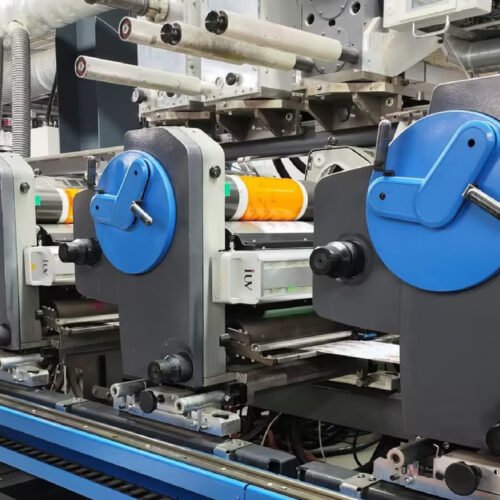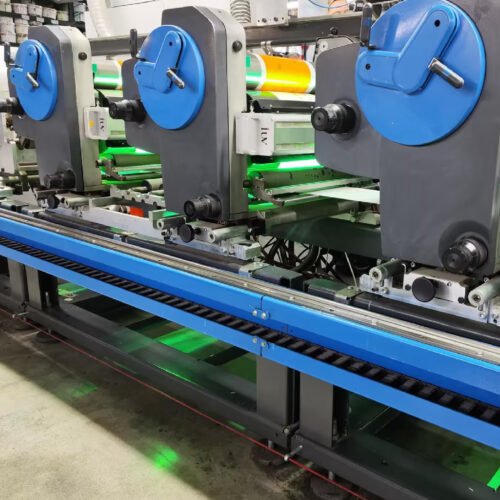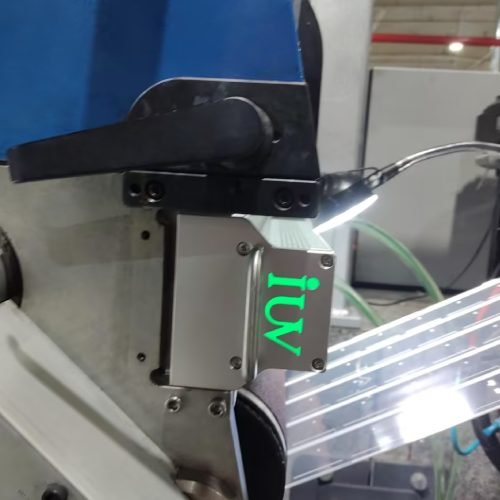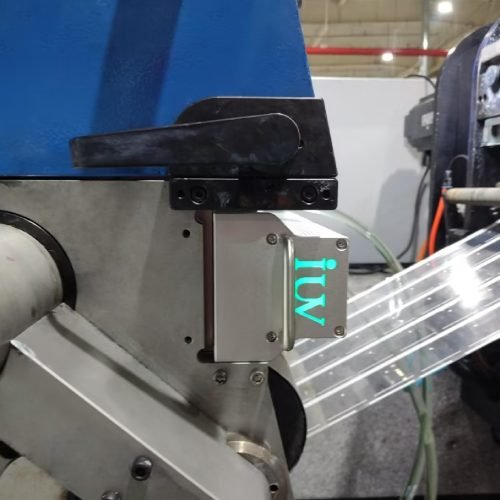Discover the essential technical specifications to consider when choosing an LED UV curing system for label printing. Achieve optimal performance and quality with our comprehensive guide.
Introduction: Ensuring Optimal Performance in Label Printing
When investing in LED UV curing systems for label printing, understanding the technical specifications is crucial for ensuring optimal performance and achieving high-quality results. This guide delves into the key technical aspects that label printers should consider to make informed decisions.
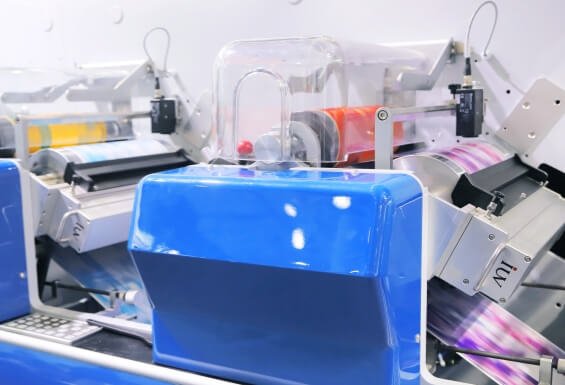
Key Technical Specifications
- 1. Wavelength Range
Importance:
·The wavelength determines the curing efficiency and compatibility with different inks and substrates. Common wavelengths for LED UV curing range from 365 nm to 405 nm.
Specification:
·Ensure the system offers a wavelength that matches the photoinitiators in your inks to achieve effective curing.
- 2. Irradiance (Intensity)
Importance:
·Irradiance measures the power of UV light per unit area, typically expressed in watts per square centimeter (W/cm²). Proper intensity ensures thorough curing without damaging substrates.
Specification:
·Look for systems that provide adjustable irradiance levels to cater to various printing needs and materials.
- 3. Energy Density (Dosage)
Importance:
·Energy density, or dosage, is the total energy delivered over time, measured in joules per square centimeter (J/cm²). It affects the curing depth and speed.
Specification:
·Systems should offer precise control over energy density to ensure complete curing, especially for thick or multi-layered inks.
- 4. Cooling Mechanism
Importance:
·Efficient cooling prevents overheating, ensuring consistent performance and extending the lifespan of the LED system.
Specification:
·Opt for systems with advanced cooling technologies, such as air or water cooling, to maintain optimal operating temperatures.
- 5. Lamp Lifespan
Importance:
·The lifespan of the LED lamps impacts maintenance frequency and operational costs. Longer lamp life means fewer replacements and reduced downtime.
Specification:
·Choose systems with LED lamps rated for at least 20,000 hours of operation to maximize efficiency and cost-effectiveness.
- 6. Uniformity of Light Distribution
Importance:
·Uniform light distribution across the curing area ensures consistent curing and print quality.
Specification:
·Ensure the system provides even light distribution, minimizing hotspots or uneven curing patterns.
- 7. Integration and Compatibility
Importance:
·The curing system should seamlessly integrate with existing printing equipment and workflows.
Specification:
·Check for compatibility with your current printing machines and software to avoid operational disruptions.
Making an Informed Investment

